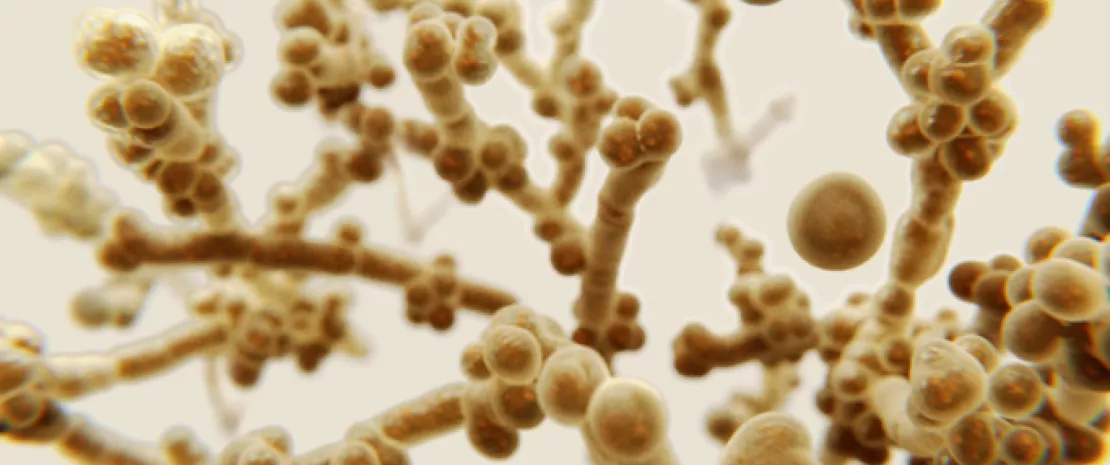Vaginal microbiota and predisposition to candidiasis
The lactobacilli composition of the vaginal microbiota seems to have an impact on the risk of developing candidiasis, since the species that produce the most lactic acid inhibit yeast growth.
Sources
This article is based on scientific information

About this article
21% Only 1 in 5 women say they know exactly the meaning of the term “vaginal microbiota”
The vaginal microbiota is a changing and well characterized microbial ecosystem. It is divided into five large groups based on composition: four are dominated by a single Lactobacillus species (L. crispatus, L. gasseri, L. iners or L. jensenii) and the fifth is heterogeneous with a larger number of anaerobic strains, such as Gardnerella vaginalis, Atopobium vaginae and Prevotella spp. The latter is a sign of bacterial vaginosis and is associated to an increased risk of infertility and sexually transmitted infections.
Considering the impact of the vaginal microbiota of women's intimate health and its consequences on reproduction, an American team focused on the link between bacterial profile and colonization by the Candida yeast. Candida is a commensal member of the vaginal microbiota, but it is responsible for vulvovaginal candidiasis characterized by an aggressive response of the host to the excessive proliferation of the opportunistic fungus. Vaginal swabs were taken from 255 women aged between 14 and 45 years, of Caucasian (53%) or African (47%) descent, and were used to identify dominant lactobacilli and to assess and quantify colonization by Candida.
Ethnic variations of the microbiota...
Test results: 16% of women had candidiasis (90% of C. albicans and about 10% of C. glabrata), with a higher percentage in microbiotas with a predominance of L. iners versus L. crispatus (respectively 39% and 20%). This gap is reflected at ethnic level, since the group with a predominance of L. iners is more frequently associated to women of African descent than to women of Caucasian origin (46.7% vs. 31.9%). This study findings confirm data from the literature.
...and lactic acid regulation
The researchers believe that the correlation between Lactobacillus species and the risk of developing candidiasis is based on the lower or higher ability of each strain to acidify the vaginal environment. In vitro tests have shown that L. crispatus produces larger quantities of lactic acid, leading to a decrease in the local pH (near 4.0) versus a pH of 4.6 with L. iners, which is enough to inhibit C. albicans growth.
Differentiating vaginal bacterial communities could thus allow us to identify predisposition to candidiasis. This is a first step towards tailored preventive and curative strategies based on microbiota modulation.






